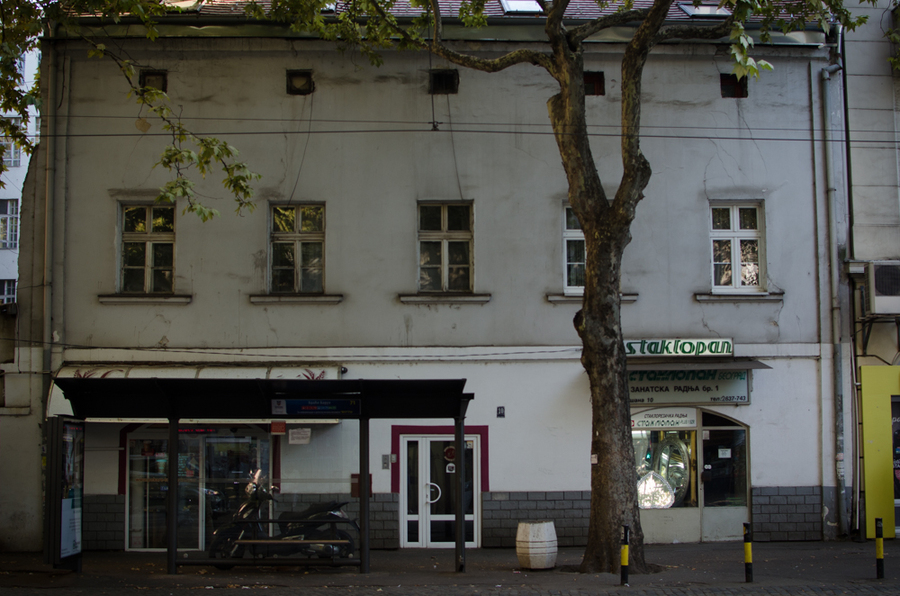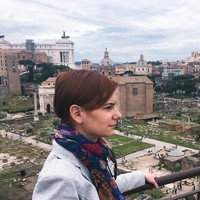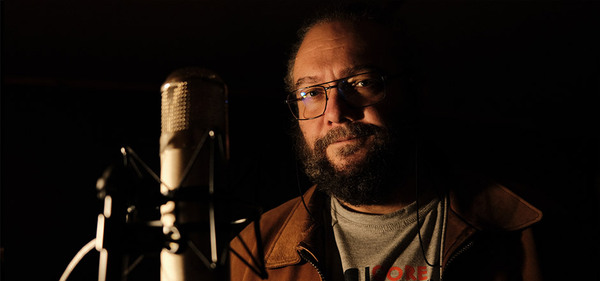
Photo: Petar Minic
If tunnels could speak: the oldest house in Belgrade
If you ever find yourself in Dorcol in Cara Dusana street near the street number 10, then you should know that you are standing in front of the oldest house in Belgrade. You’ll recognize it by the shops which today exist on its ground floor – a bakery and a glass store, while the tramway station is right in front. In addition to its cultural and historical significance, this house is also a place around which many Belgrade legends were spun, especially regarding the mysterious tunnels that can be found underneath.
The construction of this house, the second residential building out of seven total, started during the Austrian occupation of Belgrade, in 1724, and it was completed three years later. The engineer and Colonel in the Austrian army, Nicolas Doxat de Demoret from Switzerland constructed this house in the Baroque style as a part of a broader plan of rebuilding and reinforcing the Kalemegdan fort. The house has a happier history than its creator who was executed by the Austrian imperial authorities on charges of high treason. There are records which state that he was executed in order to preserve the secret information about secret passages under and around the fortress.
Mysterious tunnels
The Germans who were the next to obtain control of Kalemegdan were also intrigued by these tunnels during WWII. The second big legend connected to this house is that Germans found treasure in the tunnels under the house and took it to Berlin. After the war, the inhabitants of this house discovered the tunnels but didn’t explore them because they appeared neglected and unstable, so the threat of them collapsing was very real.
We will never know for sure what these tunnels were for, since it’s impossible to explore them even today, not just because they are damaged, but also because they are submerged. The underground passages were flooded when Sava and Danube’s water levels rose.
What’s also interesting is the fact that up to the 1930’s there were two more houses next to this one, but they were torn down eventually. All three houses were allegedly connected through basements and tunnels with the fortress. What especially stokes the imagination of all those who like thinking about mysterious tunnels and passages is the fact that the cellar stretches alongside the entire property on which the house was built.
As for the house’s appearance, the baroque style is especially visible in the bearing arches which can be seen from the outside. There are also arches in the basement, which kept this house stable for almost three centuries.
Equally famous tennants
The first denizen of this house was Elias Flyshman, an advisor at the city council and the first reputable townsperson of that time. There isn’t much information about all of the owners who ever passed through this home, but they all have one thing in common, which is that there was always some kind of craftsmanship trade store on the ground floor, ever since the Austro-Hungarians withdrew from Belgrade.
Halfway through the last century, the cellar of this home housed the textile workshop “Narodni heroj Andja Rankovic”, the predecessor of the famous “BEKO” textile factory which was constructed only a few hundred meters away. Andja Rankovic after whom the workshop was named was Aleksandar Rankovic’s first wife. She worked as a secretary in the party cell in the working movement of tailoring, textile and haberdashery workshops and our history remembers her as an associate of many important people of that age. Andja was killed in battle around Gacko and was proclaimed a national hero posthumously.
What’s also interesting about the oldest house in Belgrade is that this is where the first non-stop open business – a bakery, to be exact – in the SFRY began work. Its owner was Djordje A. Ilic, the founder and president of the Bakers’ union, the first such union since 1945. The union was known to provide aid to the most critically endangered categories of citizens. This is how the bakery which is located there today testifies about the small part of a stormy history of the oldest home in Belgrade.




 10 ℃
10 ℃




